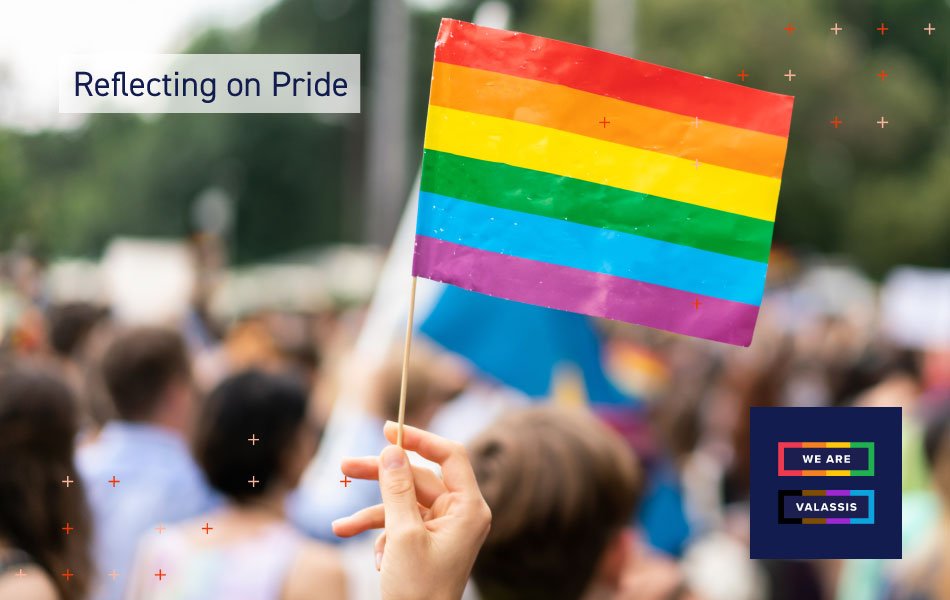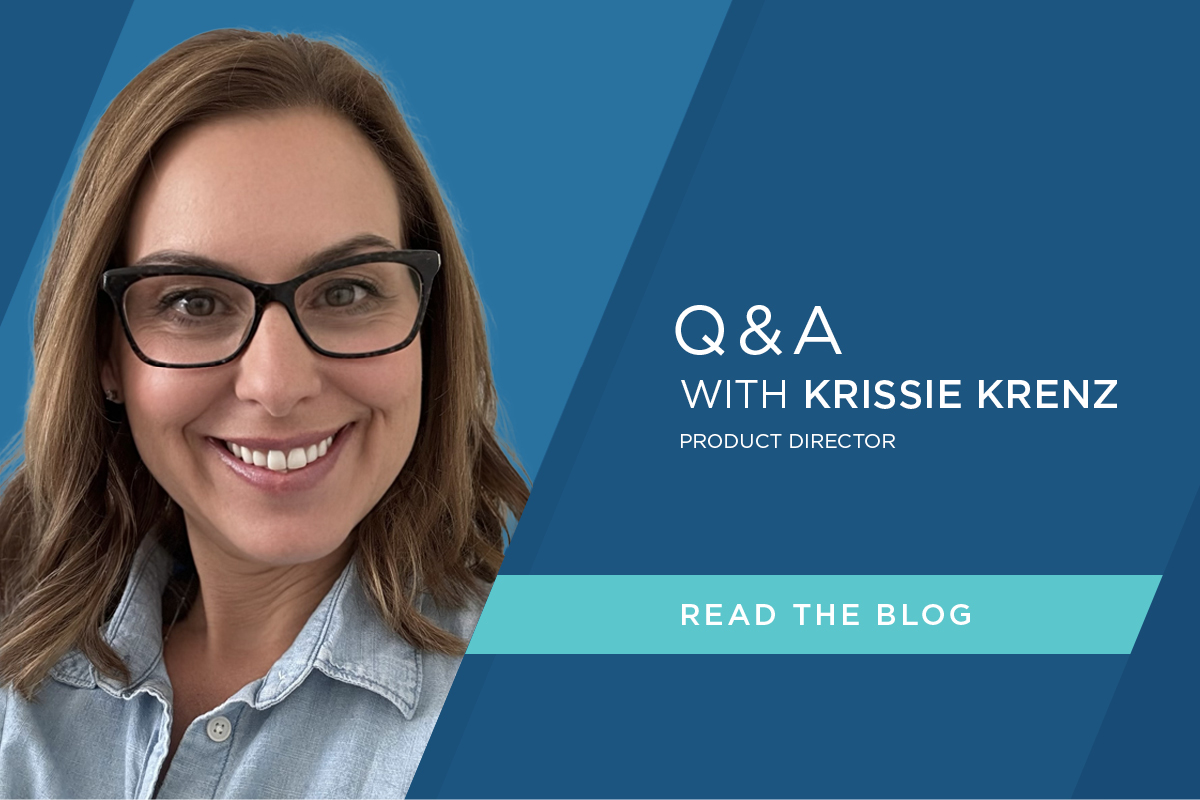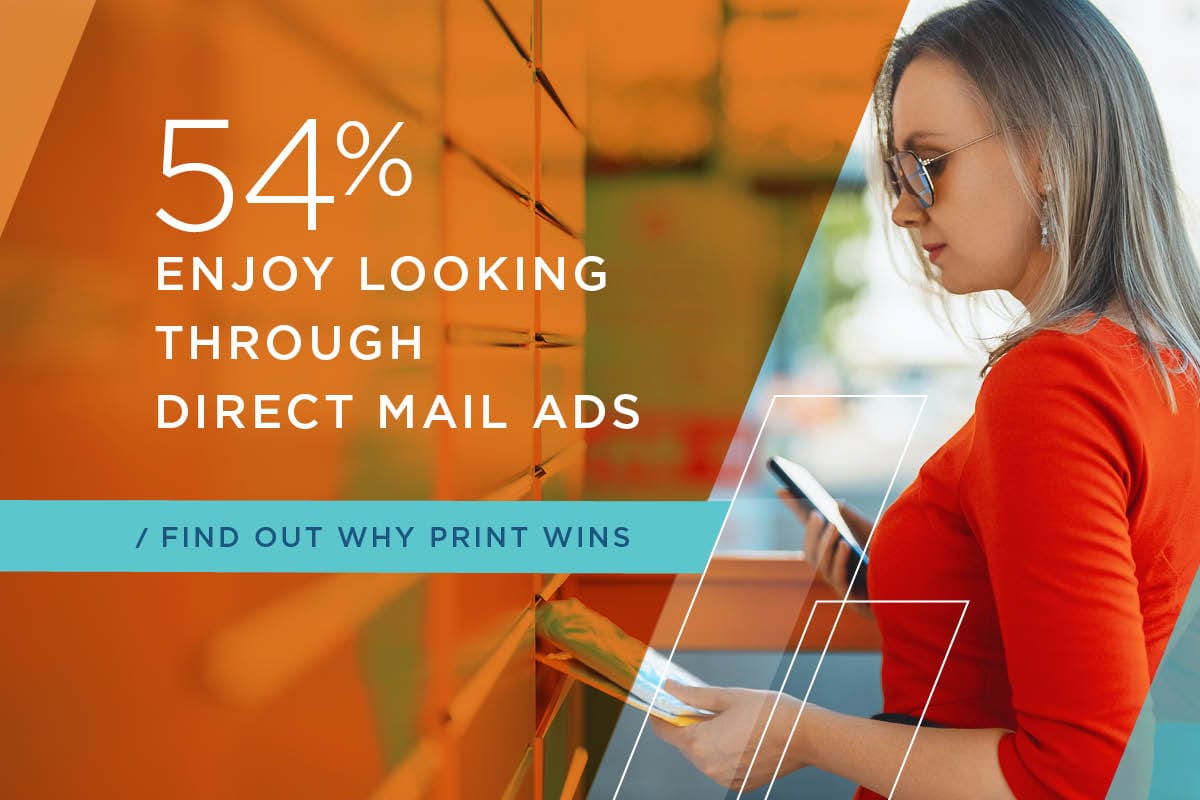Summary
As we celebrate Pride throughout the month of June, my mind can’t help but travel back to a summer day many years ago. Specifically, it was July 31, 2002 — my first day working at Valassis.
On my way out of our house, my wife left me with these words: “You don’t have to come out on your first day.” Her advice to play things slowly came with precedent. She had remained in the closet for 10 years before we met, but the beginning of our relationship sparked a chain of events in which we fell in love, I came out as a bisexual at age 24, and we ‘unofficially’ married — the only option available to us at the time — in July 2001.
Back then, proceeding with caution was a perfectly reasonable and standard approach regarding being “out” among new co-workers. This was not unusual advice at the time. What we didn’t know, however, was that things would go decidedly different in the best way possible. And not only for myself and my family, but also for everyone who came after us.
A Search for Support
Despite my wife’s caution, I came out to co-workers on my first day at Valassis. My wedding photo sat proudly on my desk within a few weeks of my start date. The reveal elicited supportive responses from some and no responses from others, but I thankfully didn’t encounter anything negative.
About 18 months into my time at Valassis, in February 2004, my wife gave birth to our daughter. When we mutually decided to raise her at home rather than send her to daycare, our attention turned to finding a health insurance solution that would allow my wife to stay at home with our newborn.
As a starting point, I spoke to a Valassis human resources rep about health benefits for same-sex couples. Though the topic had been broached before, I was told that the company chose not to offer special benefits to a relatively small portion of associates. But that wasn’t the end of the conversation — I was put in touch with Valassis’ head of HR at the time, who also happened to be in charge of the company’s diversity council.
Our HR head reiterated the same thing during our meeting, but — once again — the door wasn’t shut on the matter. I was invited to the next diversity council meeting to speak with our company’s general counsel, who also happened to sit on the council.
What still stands out all these years later is this: These were open-ended “no’s” rather than definitive ones. Unbeknownst to me at the time, my push to change the benefits structure would open doors that I never imagined being invited to walk through.
Changing the System
My encounter with legal was similar to the interactions I’d had with the HR department. It was argued that I was asking for a financially untenable special benefit.
My response was that I was asking for health benefits for my wife and child — the same right afforded to my colleagues. Any reference to this being a special benefit was, to me, discriminatory.
Each side spoke, and each side listened to the other. When all was said and done, the dialogue sparked real change. My request was successfully presented to the board on my behalf, and Valassis recalibrated its policies in January 2005 and announced it would offer same-sex health benefits. My wife was able to quit her job and stay home with our daughter while I worked.
The fight and the victory were well worth the effort. The result set in motion a monumental cultural shift at Valassis that I didn’t foresee and couldn’t be prouder to have helped start.
Shaping the Culture
In my two years at Valassis before the benefits change, relatively few of my colleagues (to my knowledge) were out. A sales rep once told me in confidence that she wasn’t able to take her partner on a trip she’d won because the rules of the prize stated only “spouses” could go. By providing same-sex benefits, Valassis opened those amenities up to “partners.”
Those pushes to make internal changes also allowed me to share my story with our community in Michigan. The Culture Club in Livonia, Michigan, invited my colleagues and me to Pride Month gatherings to discuss an array of LGBTQI+ issues, such as discrimination, hate crimes, isolation from colleagues and loved ones, and the evolution of same-sex marriage in the United States.
As honored as I am to tell my story and hear from others, my proudest achievement has been my ability to change long-held beliefs in my co-workers. The struggles faced by the LGBTQI+ community didn’t resonate with many of them before meeting me. But as my colleagues saw me and my now ex-wife raise our daughter, they realized that we were all just parents trying to traverse the same rocky day-to-day parenting terrain — an acknowledgment that further united us rather than divided us.
Earlier this week, the U.S. Supreme Court ruled that federal law forbids workplace discrimination based on sexual orientation or transgender status; proof that the change I sought at Valassis was being called for on multiple fronts.
As I think back to that late July morning and see the progress we’ve made together in the fight for equality for all, I couldn’t be prouder.
Interested in learning more? For additional insights and resources, check out the links below:
- The Human Rights Campaign includes more than 3 million supporters and members throughout the U.S. It is the biggest LGBTQI+ civil rights organization in the country.
- The Library of Congress offers a guide of LGBTQI+ Resources in Business and the Workplace. These research materials touch on a variety of elements related to the lives of LGBTQI+ employees, consumers, entrepreneurs, and business leaders.
- The Anti-Defamation League originally formed to stop anti-Semitism, but the organization has since expanded its mission to combat bullying, bias in schools and the criminal justice system, hate crimes, cyberhate, and terrorism. To teach the next generation about Pride Month, the ADL has put together a list of educational resources for schools and classrooms.
- “Love Wins” is a powerful book detailing the personal moments and conversations between the team of legal professionals, activists, and individuals who successfully won marriage equality through the Supreme Court case.
- Lambda Legal is the nation’s top legal organization dedicated to LGBTQI+ equality. It has put together a useful timeline of the significant court cases that led to marriage equality.



